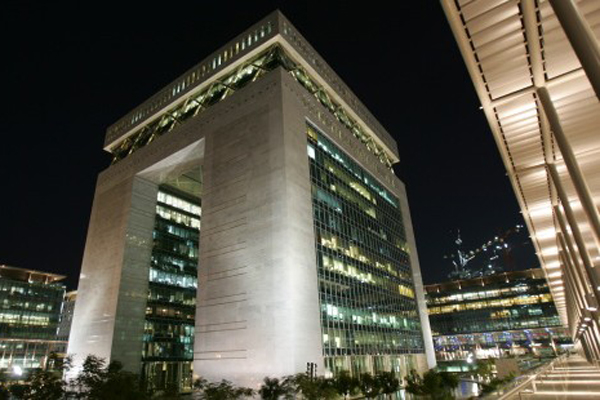The financial free zone hopes that Dubai’s financial sector will raise its GDP contribution to 18 per cent over the next 10 years.
Dubai International Financial Centre has announced a new strategy that will see the free zone triple its operations over the next 10 years, the centre’s governor Essa Kazim said.
Detailing the plan, Kazim said that DIFC will triple the office space available and its workforce.
By 2024, DIFC is predicting to see about 1,000 firms, up from the current 365. In line with that, occupied space is expected to grow to 5.5 million square feet from 2.5 million square feet available today.
Meanwhile the workforce in DIFC-registered companies is expected to triple from 17,860 to 50,000 over the next decade.
Assets under management of fund managers and financial institutions are also expected to rise to an estimated $250 billion by 2024, up from a total of $10.4 billion in 2014.
Within this 10-year period, DIFC also anticipates financial firms to strengthen their balance sheet by an estimated value of $400 billion, compared to $65 billion in 2014.
The expansion will help increase the share of the financial sector to Dubai’s GDP. Kazim said that by 2024, the financial sector’s contribution will grow to 18 per cent from 14 per cent in 2014
DIFC will focus on three main areas to drive growth and expand, the governor said.
“About 30 per cent of growth will come from deepening our core, which is basically encouraging the current clients of DIFC to do more. There are areas pertaining to capital markets, investment banking and reinsurance activities where more could be done.
“Another 20 per cent will come from building relevance in the global sector. Two areas we can work on are family offices and assets and wealth management. The region has assets worth $7-$8 trillion but only under $1 trillion is being managed by firms here. We want to change that.
“We see the potential of managing AUM is huge and we need to service that and attract more companies who can manage them.”
But a major chunk of growth–about 50 per cent – is estimated to come from DIFC’s plans to tap into the Asian markets, Kazim said.
“We are aiming to be the hub for the expanding South-South corridor and are looking to attract more companies from India and China to come and establish offices in Dubai.”
DIFC’s focus on the Asian market builds on the freezone’s current plans of expanding rapidly in China and Korea.
However, Kazim also clarified that the freezone has not given up on European and North American markets.
“Growth is currently coming from India and China. We are not ruling out companies from North America and Europe – many of them are still here and are a part of our core, which we will continue to grow.”
DIFC, whose member base expanded 18 per cent in 2014, is also planning to keep rates competitive to attract new businesses.
“We reduced the rents during the financial crisis and have not raised it since. Our intention is to support the financial sector and not be a profit centre,” said Kazim.
However, he did not expressly rule out any rent increases within the 10-year period. Keeping rents low will also not impact DIFC funds for expansion.
“We are in a strong financial position after raising a sukuk. If we continue to develop and have 100 per cent occupancy then we have enough cash to fund the expansion.”


